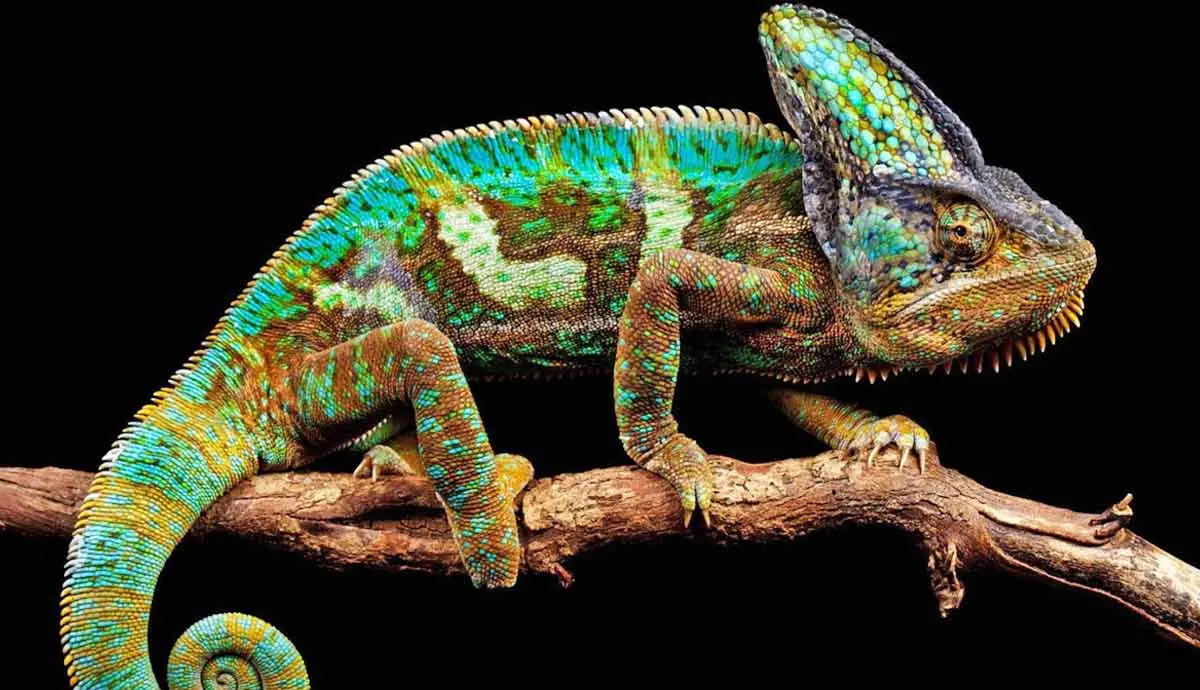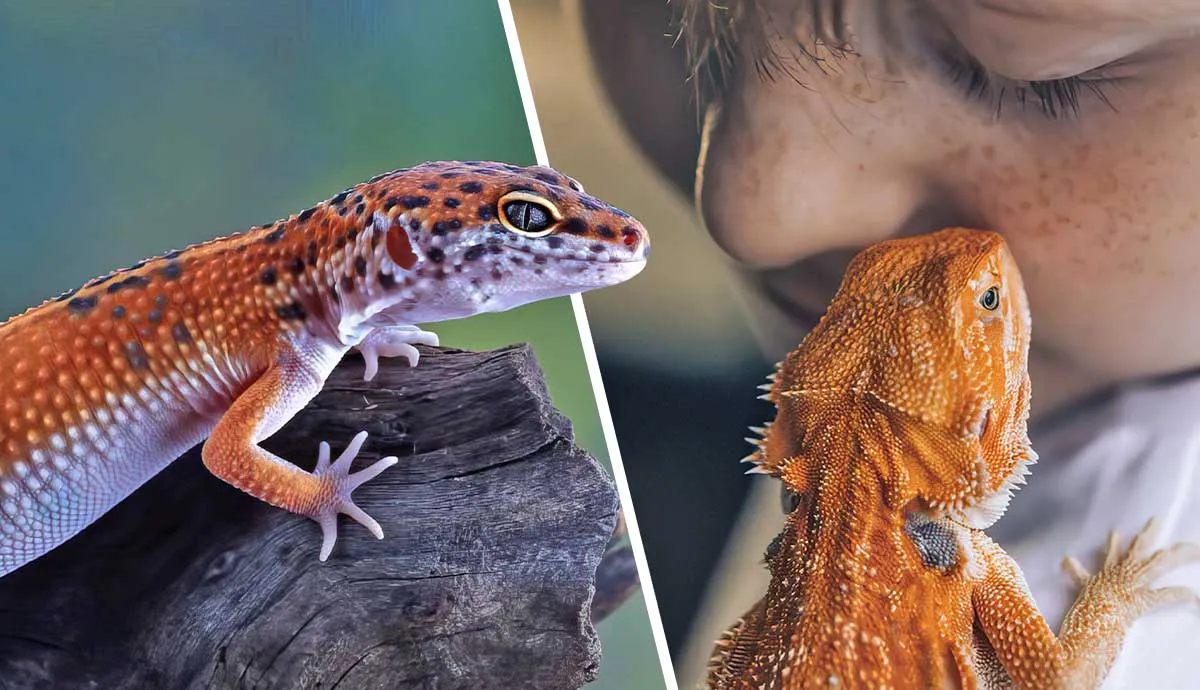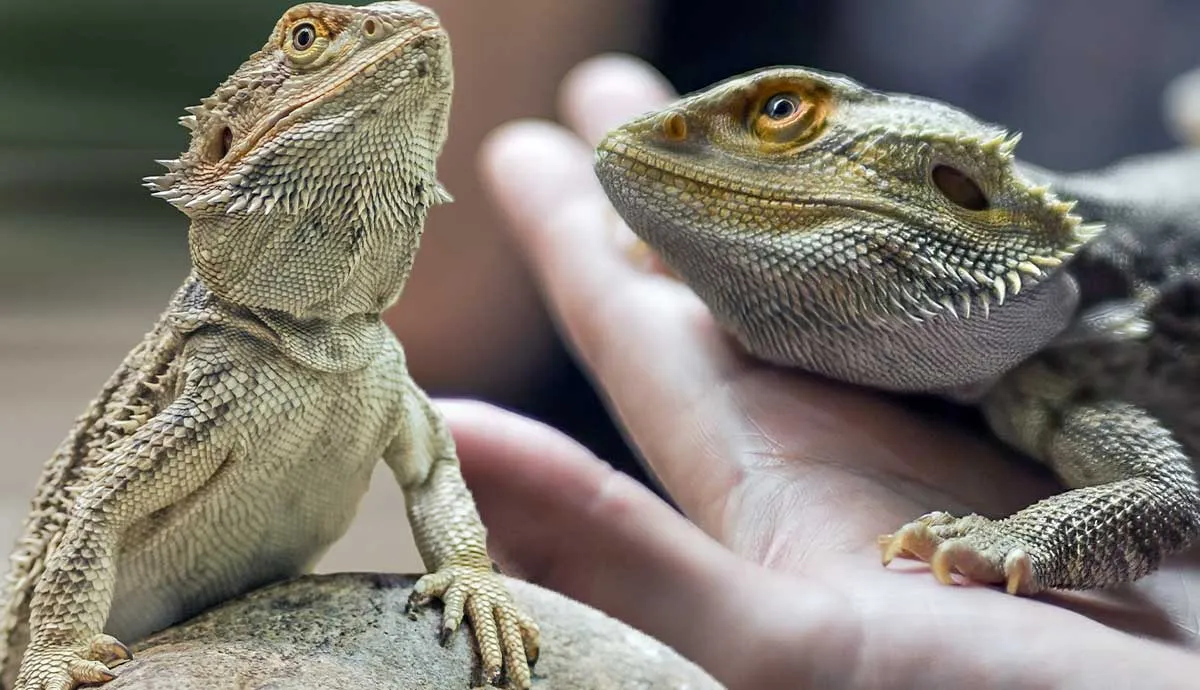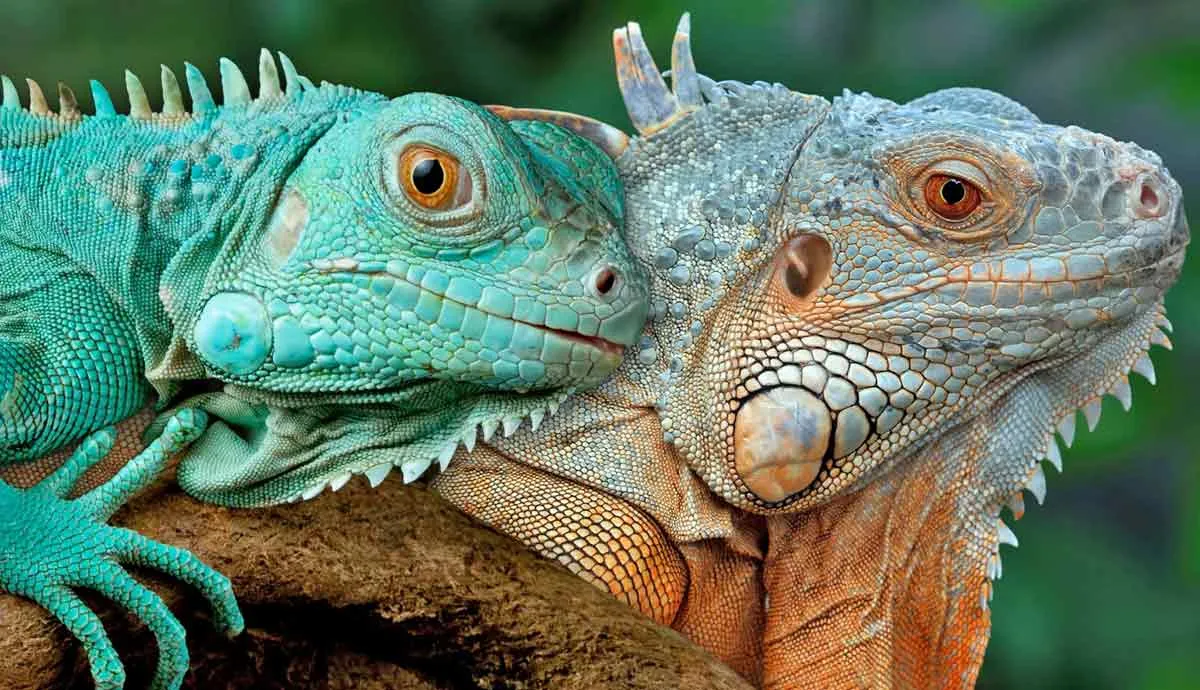Chameleons have been on this planet for quite some time — at least 100 million years, according to fossils. During this time, they’ve adapted to their environments in extraordinary ways. While they are perhaps best known for their unusual camouflage capabilities, these remarkable reptiles have so many other tricks up their sleeves. From how many different species there are to their unique biological adaptations, here are 5 incredible facts about chameleons!
1. There Are At Least 150 Species of Chameleons
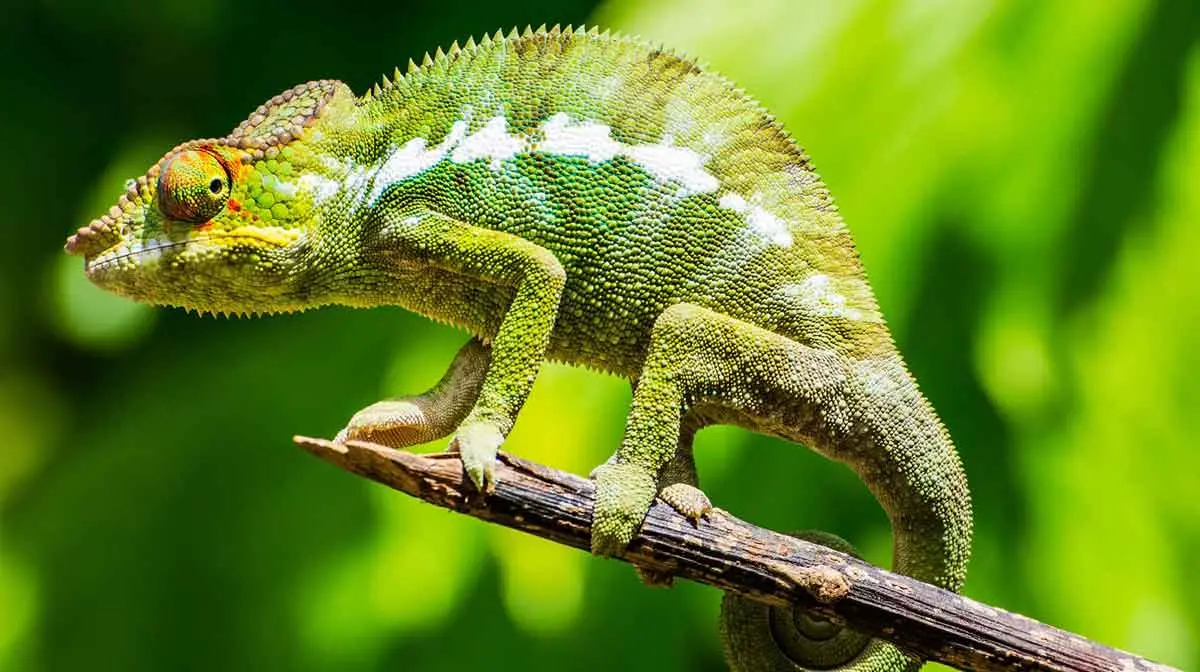
If there’s one thing biologists and reptile enthusiasts can agree on, it’s that chameleons are one of the most fascinating creatures in the animal kingdom. But, one thing that is not agreed on, is just how species there really are. Some reports list that over 200 species of chameleons exist in the wild, while others claim the number to be somewhere around 170. In fact, a quick Google search will offer up many different figures, including among well-known reputable wildlife websites. So, how many species are there? The only confirmable answer at this time is — at least 150. But it’s very likely there are more.
Part of the reason chameleons can be so hard to classify is they often exist in the most remote places, like the rainforests of Madagascar, which can make them hard to study. New species of chameleons are being discovered all the time, including most recently, Brookesia nana, which is no bigger than a thumbnail and is believed to be the world’s smallest chameleon yet.
While we might not have an exact number, knowing there are at least 150 species of these unusual lizards is still pretty impressive!
2. A Chameleon’s Eyes Can Move in Two Directions at Once
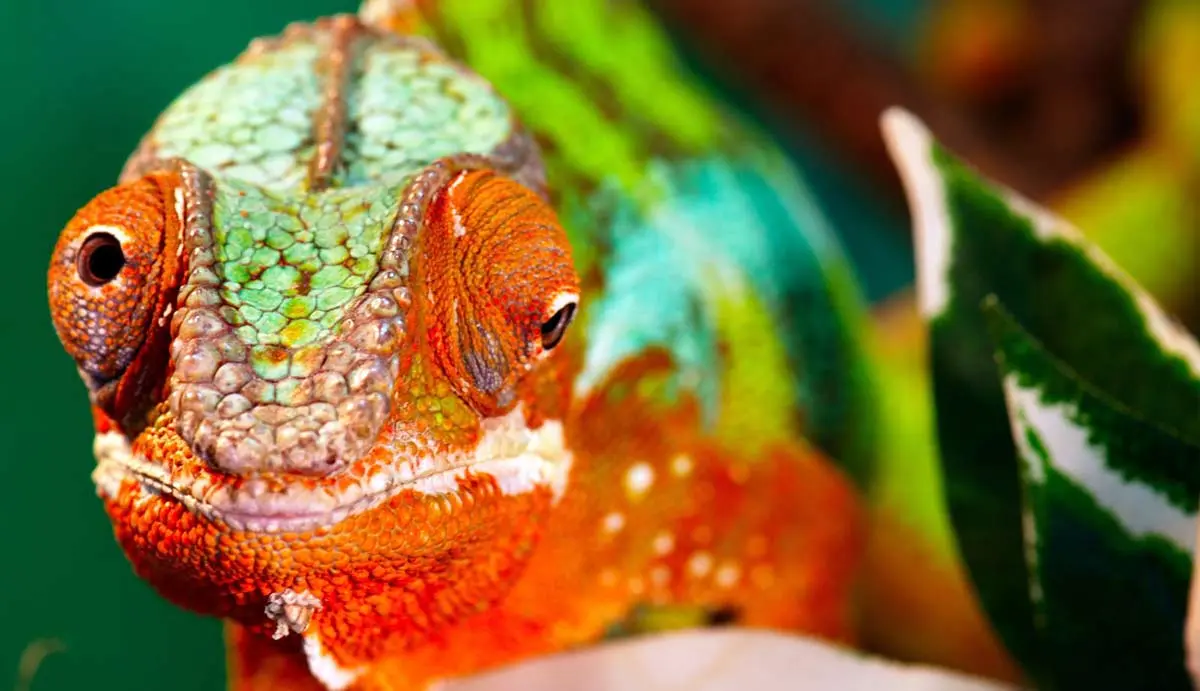
A chameleon's eyes are one of their most fascinating features, protruding from their head in a cone-like shape with extra-large eyelids. But, beyond how a chameleon's eyes look, it’s how they move that is the most incredible part.
Chameleons can move their eyes independently — one of only a handful of animals that can do so. Each eye can rotate up to 180 degrees giving chameleons incredible vision with an almost 360-degree view. This not only helps chameleons watch their own back (quite literally) and stay ahead of predators but also helps them zero in on potential prey with laser-sharp focus. In fact, it’s believed that chameleons can see from 5 to 10 meters away, which is a long distance for most lizard species.
3. Chameleons Spend Most of Their Lives in Trees

Unless you’ve spent a lot of time in remote rainforests of the Eastern Hemisphere, it’s likely any chameleons you’ve spotted have been in a pet store or someone’s home. They were probably in a tank with some branches that the chameleon clung to night and day, and there’s a reason for that.
If you were to live among a population of wild chameleons, you’d soon realize that you really wouldn't see them that often. That’s because, in addition to their incredible camouflaging capabilities, most chameleons are arboreal or tree-dwelling animals. They have specialized feet for gripping branches and spend roughly their entire lives among the trees. Unlike many other lizards which are commonly spotted on the ground, most chameleon species eat, sleep, and live in trees pretty much 24/7. This is why chameleons need a very specialized environment and don’t make very good pets.
4. A Chameleon’s Tongue Can Move Faster Than a Sports Car
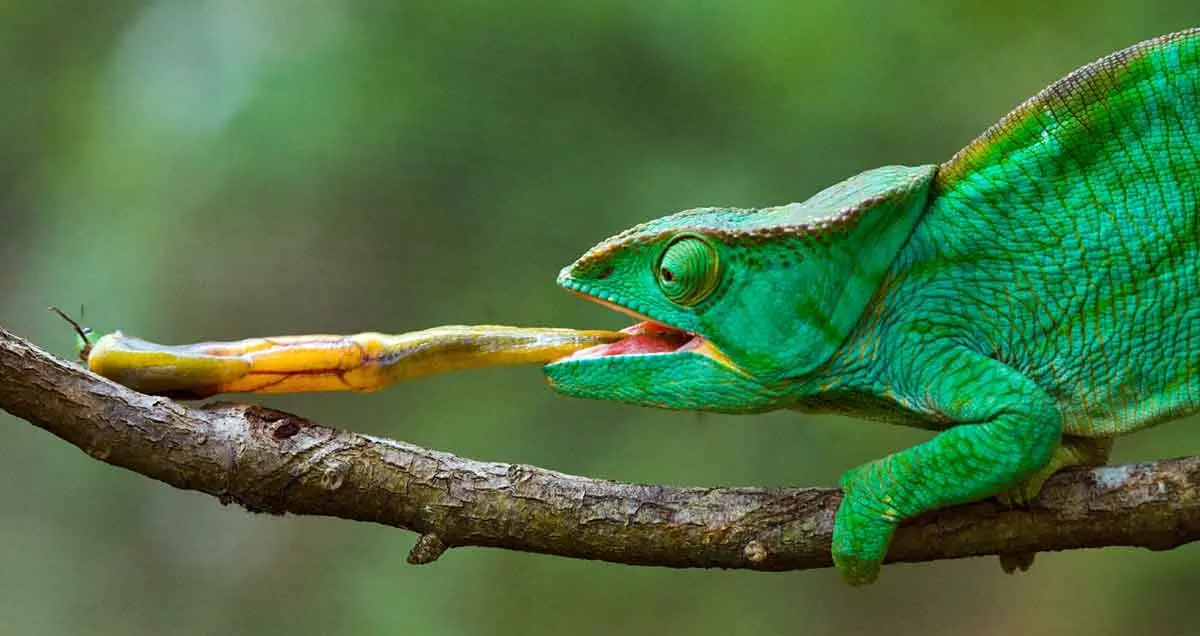
We’ve all seen the videos of chameleons catching flies, an impressive feat for how fast they can do so. But, if you’ve ever wondered just how fast they really are — it turns out that a chameleon’s tongue is faster than a sports car! To be exact, their tongues can launch 0 to 60 miles per hour in a hundredth of a second.
These figures were concluded by a study from Brown University that filmed 20 different species of chameleons catching crickets. Researchers found out not only how fast chameleon tongues were but how far they could also go. Most species were able to launch their tongues toward prey at a distance of 2.5 times their body lengths. Another fascinating feat by these extraordinary reptiles.
5. Chameleons Can Change Colors

Chameleons are well-known for their incredible camouflaging capabilities but it’s how they do it that’s most fascinating. Chameleons change colors through their skin which is layered with chromatophores and iridophores — specialized cells that contain pigments and reflect and disperse light. These cells can be activated in several ways, from external factors like light, temperature, and humidity changes in the environment, to emotional responses and nerve impulses within the body.
Contrary to popular belief, chameleons don’t just change color to match their surroundings. They also change color due to environmental factors, mood, mating rituals, and more. The reasons chameleons change colors, and the biological systems that allow them to do so are under continued scientific study, so one day, we may know even more. Until then, the chameleon remains one of the most fascinating and mysterious creatures on the planet!
